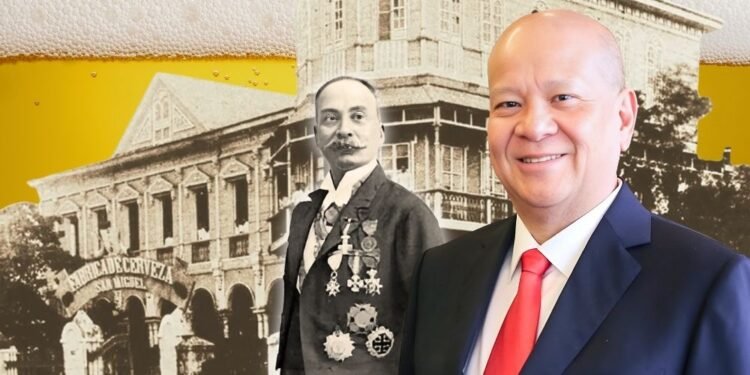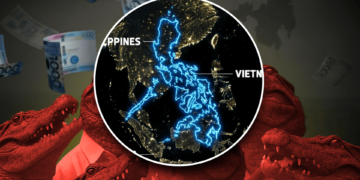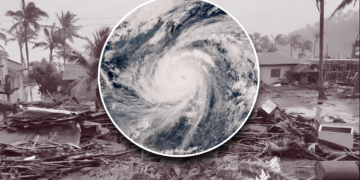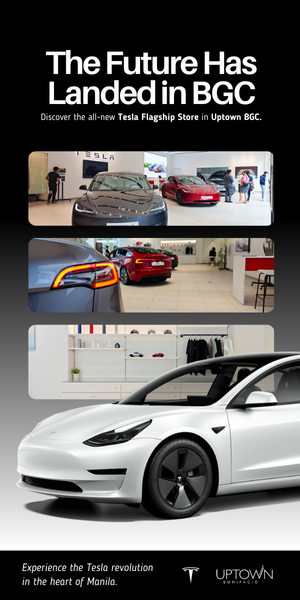Here’s a little-known fact: the first brewery in Southeast Asia wasn’t built in Thailand, Singapore, or Vietnam.
It was born in Manila, in 1890, under the Spanish crown. And it didn’t just crank out beer—it sparked the rise of a corporate juggernaut that now builds airports, powers homes, paves highways, and refines oil. In other words, San Miguel didn’t stay in the bottle.
What began as a brewery producing just one product—pale pilsen—has morphed into one of the most diversified and dominant conglomerates in Southeast Asia.
You’ll find its fingerprints on power grids, fuel pumps, toll roads, cement plants, and even your breakfast hot dog. And it all started with beer. A good one, apparently.
Let’s trace how San Miguel built a multibillion-dollar empire—with hops, ambition, and a whole lot of Filipino swagger.
A brewery before the Philippines was a country
The Philippines wasn’t even a republic yet when San Miguel opened its doors.
In 1890, a Spanish businessman named Don Enrique María Barretto de Ycaza received a royal grant to operate a brewery near the San Miguel district of Manila. It was the first of its kind in the region—and it quickly became a hit. San Miguel’s pale pilsen was praised for its quality and consistency, earning awards by 1895 and shipping bottles to Hong Kong and Guam soon after that.
By 1913, the brewery had grown large enough to incorporate as San Miguel Brewery, and its ambitions were bubbling over. In the 1920s, it moved beyond beer, launching soft drinks and Magnolia ice cream. By 1927, San Miguel became the first non-U.S. firm granted a Coca-Cola bottling franchise—a pioneering move for an Asian company at the time.
The bottle kept pouring—into food, soda, and the economy
By the 1950s, San Miguel was already dominating the Philippine beverage and food sectors.
The company diversified into dairy, processed meat, and poultry, becoming a staple on Filipino dining tables. Even the government took note. At one point in the early 2000s, San Miguel’s products and tax payments were responsible for roughly 3.6% of the country’s GDP and 4.5% of national tax revenues.
The company renamed itself San Miguel Corporation (SMC) in 1964—a recognition that its empire had expanded well beyond beer. By then, it wasn’t just building brands. It was shaping the Filipino economy.
Beer made San Miguel famous—exporting it made them global
The real pivot came in the 1980s and 1990s, when San Miguel took its products—and its factories—abroad. From the Philippines, it expanded into Hong Kong (1948), Indonesia (1972), and mainland China and Vietnam by the 1990s. San Miguel beer was sold in 24 countries by 1989, its export volume growing 150% in just four years.
A company that once sold lager by the bottle was now planting breweries across Asia. It was a bold strategy—beer was the Trojan horse, carrying Filipino enterprise across borders.
Ramon Ang didn’t scale San Miguel—he rewired it
The most radical changes came in the 2000s, when engineer-turned-tycoon Ramon S. Ang joined as COO (2002) and later became vice-chairman and president. He looked at San Miguel’s decades-old beer and food empire and thought: let’s blow it wide open.
By 2008, Ang laid out a massive diversification plan. San Miguel began shedding non-core businesses and pouring capital into power, energy, and infrastructure. The pivot was surgical, bold, and fast. Revenues ballooned from ₱168 billion in 2008 to over ₱1 trillion by 2018. Over 60% of that revenue came from sectors that had nothing to do with alcohol or food.
San Miguel wasn’t just evolving—it was mutating into a national infrastructure backbone.
From brewery to builder: the country’s power and highways came next
One of Ang’s most strategic moves was to invest in energy. SMC acquired several of Luzon’s largest power plants and became a top electricity producer. It also bought a controlling stake in Petron Corporation, the country’s largest oil refiner and retailer, upgrading its facilities and doubling down on fuel infrastructure.
Then came the highways. San Miguel Infrastructure was formed to operate toll roads like TPLEX (Tarlac-Pangasinan-La Union Expressway) and Skyway Stage 3, which cut travel times across Metro Manila. These were not vanity projects. They unclogged the arteries of the Philippine economy.
An airport deal no one else would touch
In 2019, San Miguel stunned the nation by winning the contract to build the New Manila International Airport in Bulacan—worth a staggering ₱735.6 billion. It promised to fund the project with zero government subsidies or guarantees. That’s rare. And risky.
But Ang saw the long game. The airport, designed to handle 100 million passengers a year, would ease congestion at NAIA and cement San Miguel’s role as more than just a utility—it would become a gateway.
The Malaysian expansion: fuel for the region
While San Miguel was building at home, it wasn’t ignoring the region. In 2011, it bought ExxonMobil’s downstream oil business in Malaysia for $610 million. The deal included a refinery and over 500 Petron-branded fuel stations. It was San Miguel’s biggest international acquisition yet—and a clear sign that Petron was becoming a regional player.
Global ambitions weren’t limited to beer anymore. Fuel, power, and steel were now on the export agenda.
What San Miguel built isn’t just a company—it’s a map
If you look closely, you’ll see San Miguel’s empire everywhere: in the expressway you drive, the electricity that powers your house, the gas station on the corner, and yes, the beer in your fridge.
It owns some of the country’s most iconic brands, but also many of its invisible essentials.
The company’s journey mirrors the trajectory of the Philippines itself—rising, faltering, transforming, and eventually growing into something unrecognizable from where it began. It’s not a corporate fairytale. It’s a history lesson in ambition, with a hoppy twist at the beginning.
So the next time someone says San Miguel is just a beer company, hand them a map—and a drink. They’ll need both.












